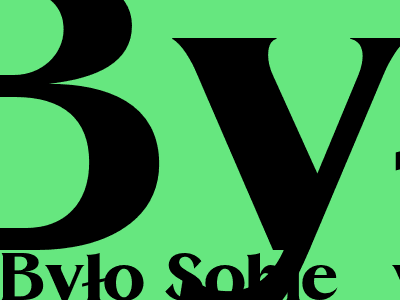Optimize for Search: A Comprehensive Guide to On-Page SEO Techniques
Master On-Page SEO for Improved Search Rankings
On-page SEO encompasses all the optimization techniques applied directly to a webpage to improve its visibility in search results. By fine-tuning various elements of your web pages, you can enhance their relevance and credibility in the eyes of search engines, leading to higher rankings.
1. Keyword Research and Optimization
a. Identify Relevant Keywords
Begin by researching and identifying keywords that accurately represent the content and intent of your webpage. Use keyword research tools to uncover keywords with high search volume and low competition.
b. Incorporate Keywords Naturally
Incorporate your target keywords throughout the webpage, including in the page title, headings, body content, and meta description. However, avoid keyword stuffing, as it can harm your rankings.
2. Page Structure and Content
a. Optimize Page Titles and Headings
Craft compelling and informative page titles that accurately describe the content and include your target keywords. Similarly, use descriptive headings throughout the page to structure your content and make it easier for both users and search engines to understand.
b. Create High-Quality Content
Provide valuable and comprehensive content that addresses the search intent behind your keywords. Focus on delivering a positive user experience by creating engaging and well-written content.
3. URL Structure and Internal Linking
a. Use Descriptive URLs
Use short, descriptive, and keyword-rich URLs that accurately represent the page content. Avoid using excessive parameters or random characters.
b. Establish a Clear Internal Linking Structure
Create a well-defined internal linking structure to connect related pages on your website. This helps distribute link equity, improves navigation for users, and assists search engines in crawling and indexing your content.
4. Image Optimization
a. Use Alt Text for Images
Provide descriptive alt text for images, as search engines cannot "see" images. This helps search engines understand the context of your images and provides information to visually impaired users.
b. Optimize Image Dimensions and Format
Ensure images are appropriately sized and in a web-friendly format to optimize page load speed. Avoid using excessive file sizes, as they can slow down your website and negatively impact user experience.
5. Other On-Page Optimization Factors
a. Use Structured Data
Implement structured data markup on your pages, which provides additional information to search engines, helps them better understand your content, and can lead to richer search results.
b. Ensure Mobile Responsiveness
Make sure your website is mobile-responsive, as more and more users access the internet from mobile devices. Responsive design ensures your website is accessible and user-friendly on all devices.
Conclusion
On-page SEO is a crucial aspect of search engine optimization that directly influences how search engines evaluate and rank your web pages. By implementing these techniques, you can improve your website's visibility, increase organic traffic, and enhance the user experience. Remember to approach on-page SEO holistically, considering both technical and content-related factors, to achieve optimal results.

Comments